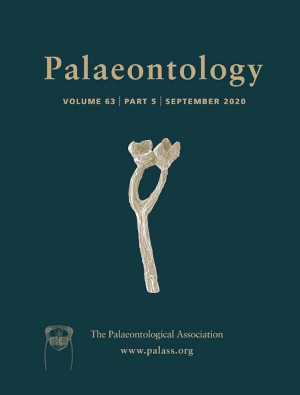Reg. Charity No. 1168330

We test for the presence of evolutionary stasis in a species of Late Cretaceous ammonoid cephalopod, Hoploscaphites nicolletii, from the North American Western Interior Seaway. A comprehensive dataset of morphological traits was compiled across the entire spatial and temporal range of this species. These were analysed in conjunction with sedimentologically and geochemically derived palaeoenvironmental conditions hypothesized to apply selective pressures. All changes in shell shape were observed to be ephemeral and reversable, that is, no unidirectional trend could be observed in any of the morphological traits analysed. Correlations between palaeoenvironmental conditions and morphological traits suggests ecophenotypic processes were at play; however, either environmental changes were too minor and/or provided no isolating mechanism to drive speciation. These data support mechanisms of stasis such as homogenizing gene flow or stabilizing selection under a fluctuating optimum (probably reflecting spatiotemporally heterogeneous palaeoenvironmental conditions). Finally, changes in shell size were not significantly associated with changes in shell‐specific δ18O, despite a correlation between shell size and δ18O averaged across horizons. This suggests a mismatch in scales of geochemical sampling that supports caution when making broad interpretations based on averaged geochemical data.